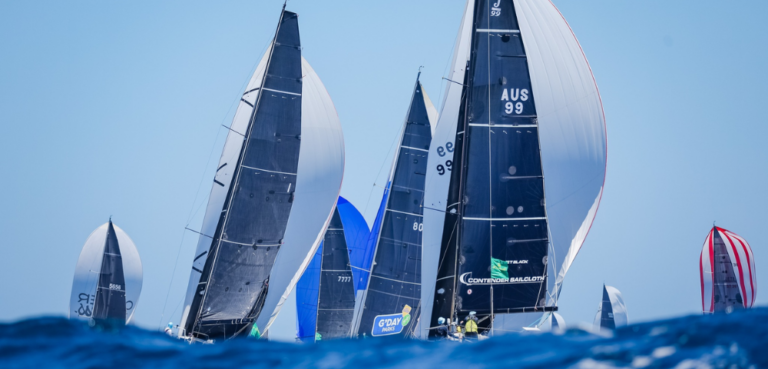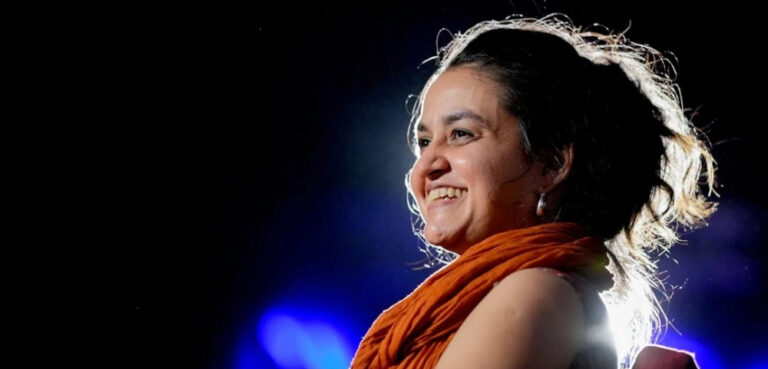
Tracking Sydney’s changing birdlife

Sydneysider: A personal journey
Early one morn, alone on the fence,
A little birdie sat, his head bowed in suspense.
He was dreaming of days,
And bags of hays, when horses were all the
rage.
Now big trolley cars and automobiles
Have taken the place of the horse.
…
Since they moved out the racecourses,
The birdies have no place to go.
What would a poor sparrow do
When there’s nothing left for him to chew?
You can’t get a meal from an automobile.
That’s what the bird sang to me.
Fats Waller
Fats Waller died in 1943, five years before I was born, but his lyrics encapsulate the sort of changes to Sydney’s urban bird life that have set in during my lifetime. Fats put his big finger on the fact that technological change is an important factor in the rise and decline of urban birds.
My parents encouraged my interest in wildlife by buying me the only Australian bird identification guide available in the mid 1950s: Neville W Cayley’s What Bird Is That? It was a frustrating sort of introduction to birdwatching, both because Cayley’s pioneering effort wasn’t an easy book to use, and because there were few native birds in Strathfield.
The ubiquitous birds of the Sydney I grew up in were all feral: the House Sparrow, Starling, Indian Mynah, Bul-bul, feral Pigeon and Spotted Turtle-dove. The forests and heaths had been long-since cleared and most of the wetlands had been drained by council “improvements” we’re struggling to reverse. The suburbs were simply unsuitable habitat for the vast majority of the 270-odd native birds that had once inhabited them.
The vacuum was filled by hardy opportunist ferals. The reasons aren’t too hard to find. The ferals could make a good living from the waste of human society and man-made structures were full of nesting opportunities. Back in the 1950s and early ‘60s, horse-drawn vans delivered bread and milk and horses were kept on small plots of open space in odd corners of the ‘burbs. Lots of householders kept poultry and cage birds. If you’ve ever kept backyard chooks, you’ll know that feral birds show great enterprise in raiding chook runs for food.
Few people keep poultry these days and the practice of keeping caged birds has thankfully declined, completing a process that began when the railways, the electric tram, and finally cars, buses and trucks displaced horse-drawn transport.
Sparrows, Starlings and Mynahs usually nested in the rooves of old, poorly-maintained houses. When we moved into our old weatherboard cottage in Turrella, there were Sparrows or Starlings nesting in all four corners of the ceiling.
Structures like these have mostly been demolished or renovations have blocked entry holes, forcing these species to nest in sub-optimum places where they’re more vulnerable to predation by the native Currawong, Raven and Butcherbird.
In the late 1960s another factor started to turn the tide in favour of native species – the steady “reforestation” of Sydney’s suburbs. A growing respect for our native flora encouraged householders and local government to plant native trees and shrubs with high value for honeyeaters, lorikeets, cockatoos and insectivores, and to create an artificial vegetation structure that mimicked their natural environment. In my youth, eucalypts, wattles and casuarinas (let alone native shrubs like banksias and grevillias) weren’t a common feature of the suburban landscape. People mostly planted exotics like roses, wisteria, camellias, fuschias, non-native deciduous trees and exotic pines in their gardens. With the exception of the exotic pines (conifers), this flora is almost useless to native birds.
The exotic conifers were, in fact, a windfall for a few natives like Sulphur-crested Cockatoos and Yellow-tailed Black Cockatoos but it would be some decades before they learned to exploit the new resource. Flocks of the big, noisy, easily-approached Black Cockatoos are now a regular spectacle at Centennial Park where they feast on exotic pine nuts.
In the main, the native species now recolonising our suburbs are pugnacious forest and woodland types; birds like the Grey Butcherbird, Red Wattlebird, Crested Pigeon, Rainbow Lorikeet and Noisy Miner. The Wattlebirds, Rainbow Lorikeets and Noisy Miners have responded to the wealth of food available from banksias, grevilleas, bottlebrush and eucalypts. Crested Pigeons feed on really tiny grass and native fig seeds. They’re rapidly displacing the introduced Spotted Turtle-Doves which prospered on the larger grains available from the spilled horse and poultry food that’s no longer available. Butcherbirds just seem to have responded to a more woodland-like environment.
I predict we’re about to see a resurgence of Superb Fairy Wrens (aka Blue Wrens). In my youth they were a common and much-loved feature of Sydney’s parks and gardens but they then underwent a considerable decline. My person theory has it that it was caused by decades-long decline in dogs as pets. Dogs exclude cats from backyards and Blue Wrens are reluctant to nest where cats occur. The return of the family dog might also usher in the return of the Blue Wren.









